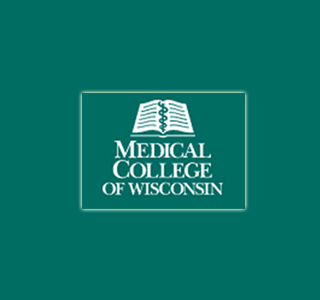
This highly regimented ketogenic diet may aid in proving sufficient nutrition as well as keeping a check on seizures experienced in children. This study was conducted by The Medical College of Wisconsin and Children’s Hospital of Wisconsin.
The study investigators have informed that an adoption of this dietary method requires the affected child’s complete metabolic assessment and knowledge of diet history, nutrition, long-term seizure, etc.
Study co-author, Mary L. Zupanc, MD, professor of pediatrics and medical director of the pediatric epilepsy program, says that, “This diet cannot be tried by parents without close medical management and follow-up. It requires careful metabolic monitoring and precise supplementation of missing nutrients.â€
This approach is said to have yielded effective results, when used for more than 40 patients at the Children’s Hospital. Apparently, this particular study is yet to be published. This study included an analysis of children, aged from 1 to 15 years, suffering from epilepsy. More than 90 percent reduce in the frequency of seizure was observed in some children who were on this particular diet. Maximum number of the children who benefited from this diet were said to either suffer from symptomatic generalized epilepsy or Lennox-Gastaut syndrome, which is a severe form of childhood epilepsy.
Dr. Zupanc further states that, “Lack of compliance or of consistent medical monitoring can lead to poor growth, impaired nutrition and seizure recurrence. There has to be careful monitoring and consistent communication between the dietitian and the physician managing the diet. Metabolic screening should be performed after the first month and every three months afterward. The family should keep a detailed seizure diary. Growth and weight parameters require ongoing monitoring, as do side effects such as lethargy or nausea, which may indicate a hidden metabolic defect.â€
Dr. Zupanc explains, “Fat comprises between 80 and 90 percent of the diet’s calories and is provided by foods such as whipping cream, butter and vegetable oils. The remaining calories are allocated to essential protein requirements from meat and fish, and secondarily to low-carbohydrate vegetables and fruit.â€
It is believed that this diet may be a little difficult to adhere to, due to its restriction of certain food-stuffs rich in carbohydrates like milk, cereal grains, bread etc. More so, this diet is also said to eliminate the consumption of certain micro-nutrients, which in the first place may already be quite low in people on long-term anti-epileptic drug therapy.
The exact procedure of this diet’s ability to keep a check on seizure is not yet clear. However it is believed that, this diet compels the body to store certain compounds which are generated by the oxidation of fatty acids.
The findings of these study authors were previously published in the 2008 issue of Epilepsia.
